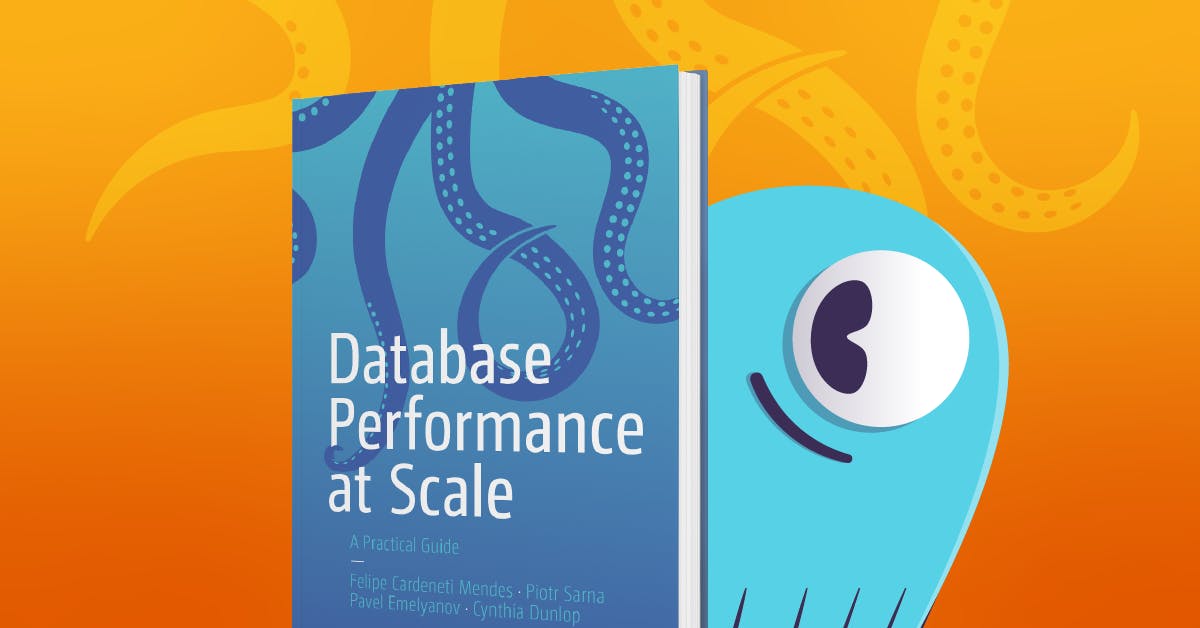Artificial intelligence has the ability to automate logistics, scan vast datasets for hidden insights, and power tools that respond to users in real-time, fundamentally changing how many industries operate.
But for these systems to function reliably at scale, they need more than just well-trained models. They need a stable backend infrastructure that can support fast data flow, coordinate services across multiple servers, and scale as demand grows.
That kind of reliability depends on engineers who understand the systems behind the models and know how to make them production-ready.
With experience at companies like Microsoft and Meta, systems-focused software engineer Abhigyan Khaund has contributed to fraud detection systems that flag anomalies in real-time, latency-reduction tools, and secure digital framework for defense teams. He was a pioneer in bringing AI techniques like machine learning and reinforcement learning into real-world applications.
Read on for a closer look at Abhigyan Khaund’s early life, career and valuable contributions to building the backend infrastructure behind technologies that operate at scale and serve millions worldwide.
Getting His Start at Microsoft: Tackling Latency in Enterprise Communication
After earning a bachelor’s in computer science from the Indian Institute of Technology Mandi, Abhigyan began building real-world experience in backend systems as a software engineer at Microsoft. He worked on the digital backbone for the Shared Channels feature for Microsoft Teams, which lets users from different organizations collaborate in the same workspace.
He was in charge of tackling the feature’s growing latency issues. As adoption increased, onboarding delays became more frequent, with new users having to wait several minutes before gaining access—something unacceptable at an enterprise level.
The issue stemmed from the feature’s policy evaluation flow. Each time a user was added, the system re-evaluated permissions from scratch, triggering redundant checks and multiple network calls.
Abhigyan redesigned this flow by introducing intelligent caching of access policies, reducing unnecessary duplicate evaluations, and streamlining communication between backend services.
These changes led to a tenfold improvement in onboarding time as it allowed the feature to scale effectively as usage grew.
“That experience gave me a deeper appreciation for systems design and made me want to work on the kind of infrastructure that quietly powers complex, high-stakes environments,” he recalls.
Inspired by his time at Microsoft, Abhigyan deepened his focus on computer science with a master’s at Georgia Tech. During his studies, he joined Meta as a machine learning engineer intern, contributing to a company-wide initiative to improve fraud detection. The team used reinforcement learning (an area of AI that trains systems to make decisions based on real-time feedback) to analyze user behavior and flag suspicious activity as it happened.
Although critics of reinforcement learning say there are risks of false positives and algorithmic bias in large-scale fraud detection systems, Abhigyan and his team saw positive results.
While the models performed well in testing, the production system struggled because the pipeline was built on loosely coupled microservices with no failover support, so even minor slowdowns could disrupt the entire flow. Real-time data has a lot of variance and can trigger a lot of edge cases in the system, but systems like these do not have the luxury of failing or giving incorrect results at critical times.
This wasn’t Abhigyan’s first time dealing with fragile systems. As an undergraduate, he worked on IceBreaker, a cold-start video recommendation engine designed to operate with minimal behavioral data. In this case, the challenge was merging signals from disparate sources such as metadata, embeddings, and sparse user history into a single pipeline that could still return relevant results from the start.
The tools and stakes at Meta were different, but the challenge was the same: building an AI system capable of making consistent, real-time decisions under pressure and with incomplete data.
While the team succeeded in improving the models, the project reinforced Abhigyan’s commitment to working on application infrastructure: “I learned that elegant systems aren’t the ones with the fanciest architecture. Rather, they’re the ones that stay standing when things go sideways.”
Developing a Unified Operating Picture Framework
Abhigyan is now a software engineer at Palantir Technologies, a company known for building data platforms. There he works on backend systems that power high-impact real-world outcomes.
His main responsibility involves maintaining a unified operating picture framework that gives distributed teams across company branches, partner organizations, and disconnected environments a shared, real-time situational awareness. These systems integrate diverse data streams, function reliably across complex environments, and enable responsive interaction between people and technology.
Abhigyan focuses on keeping the framework reliable as more teams adopt it, ensuring data pipelines stay fast, consistent, and secure. “This is a high-stakes environment where reliability and stability matter a lot,” he explains. “I’ve worked on making sure the backends can support large scale and coordination securely.”
Building the Infrastructure That Keeps AI From Breaking
Abhigyan has turned his attention to AI systems that can operate independently of large cloud platforms. Instead of relying on constant server access, these lightweight, task-specific agents run directly on personal devices like phones and tablets, allowing them to respond quickly and continue functioning even when connectivity is limited.
One framework he points to as an example is the model context protocol (MCP), which enables AI agents to securely and dynamically connect to external data sources. For Abhigyan, this is a crucial step toward making intelligence more useful in the environments where it’s actually needed.
In the long run, he sees AI engineering evolving into a hybrid discipline: part model builder, part systems thinker. He’s especially interested in how models can better respond in real-time (not just predict in batches), how they hold up under unpredictable user behavior, and how to isolate failures without compromising trust in the system.
“The end goal is to make AI feel less like magic in the cloud and more like something reliable, useful, and accessible,” he concludes.
Through his work in fraud detection, enterprise data SaaS, and workplace software, Abhigyan Khaund’s career reflects a clear principle: AI is only as useful as the technological foundation behind it. That means systems that hold up under pressure, pipelines that keep data flowing smoothly, and low-latency tools that respond the moment they’re needed.
And as this technology becomes more embedded in critical operations, his work highlights the importance of not just smarter models, but systems designed to perform reliably in real-world conditions.











